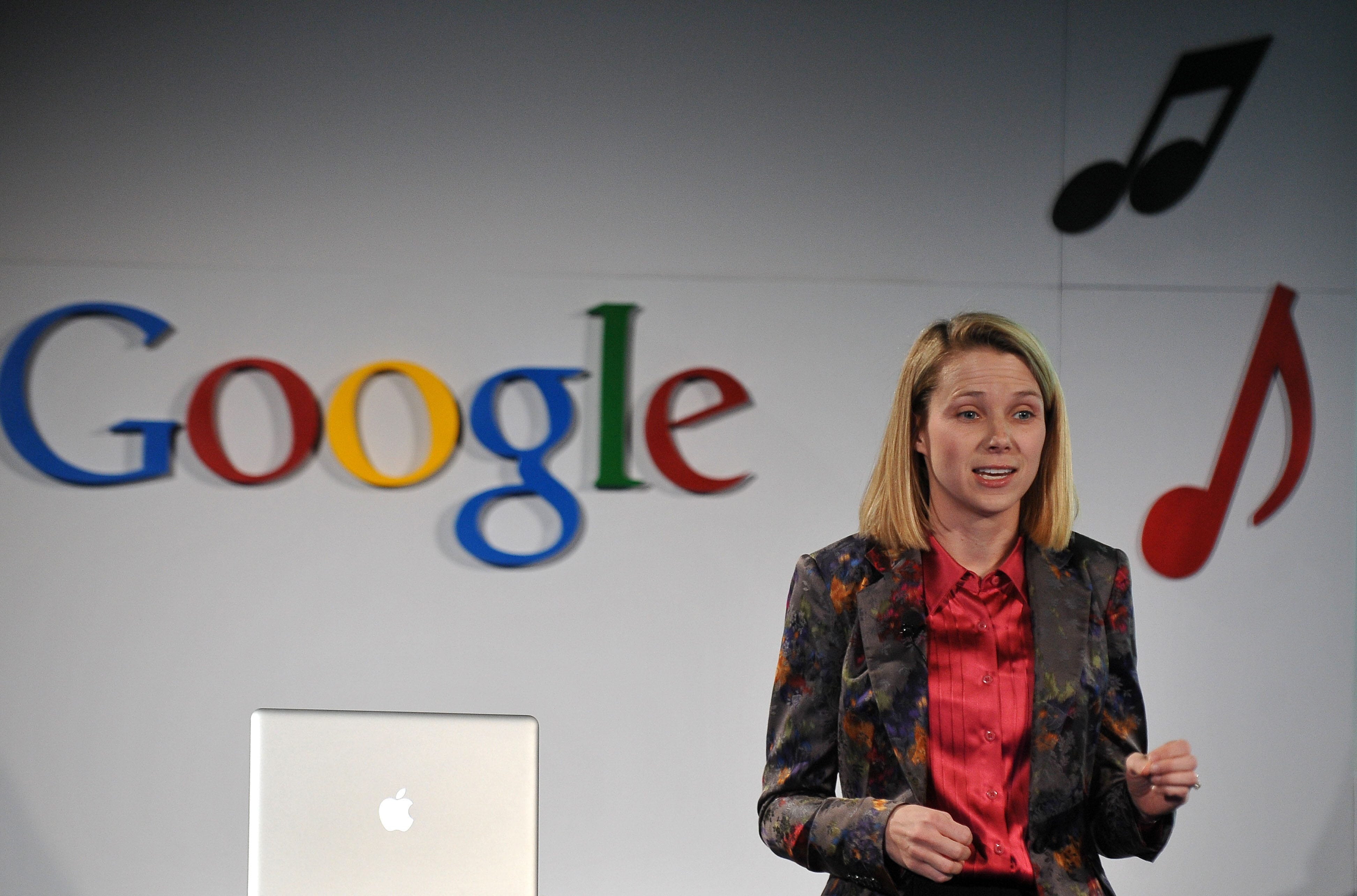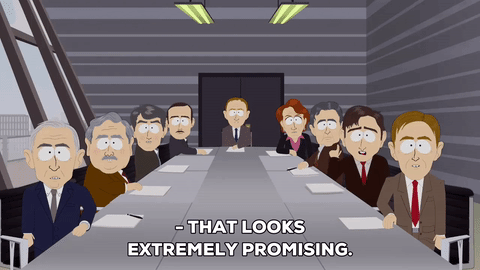Breaking the product buzz - Part 1
I’d love to go crazy with engineering challenges, solve problems from scratch, take risks, experiment with data. But wait, I can do all this in my in-house experimentations. Business is something serious. Data is such a gold mine there. It’s too unfair to play without proper understanding.

Does it implies, your aspiration is just a posture and has no real thrive?
Not exactly, it’s on us how we project, how fast you upskill, and in what way it benefits a company.
This article is going to be a conversational journey of a product aspirant and product professional(APM), presenting some useful projections to settle common confusion on products and product management from a beginner standpoint.
Anil and Mahi are friends, they got to travel sometime together and a casual conversation triggered aligning to their aspirations.
Anil: Hello APM sir, happy for you dude, saw your recent job update. How it’s going, all good?
Mahi: Yeah, fine bro. Just started, excited to experiment further.
Anil: Have some idea on a PM role, but wish I could learn more from you. Can you tell from your experience what exactly like is to be an APM in your company?
Mahi: Well, typically an APM works with one or more PM’s, supporting them to do their work effectively and learn from them.
Anil: But Mahi, why would a company hire an APM? They can hire a PM directly right?
Mahi: Yeah, that’s right. Let me explain to you as best I could. The APM role was first introduced by a Google engineer. Google knew that they needed product managers to help figure out what the company’s “next big things” would be. But, traditional product managers in the industry were often highly experienced, with business degrees, and had established ways of doing things that were different than Google’s culture. As an engineering-driven company, Google needed PMs with a technical background, who could work with engineers, designers, and other functions to figure out, creatively and collaboratively, what teams should do next.
At the time, Google’s first woman engineer, Marissa Mayer, had transitioned to a product management role. She thought that she could hire and train new product managers faster than he could hire product managers from the industry.

This gave birth to APM roles. Later on, many companies like Salesforce, Yahoo, Slack, Twitter, etc introduced similar programs to build their next-gen talent force.
If this excites, you can read more about it here — https://careers.google.com/stories/apm-program-overview/
And you can find the popular APM programs listed here — https://apmlist.com/
Anil: Wow, that’s interesting. But what I’m really interested in knowing is what you people actually work on? Do you code? Do you lay any business plans?
Mahi: It’s a challenging role and a little tricky to explain as well. Ok, let me give a try.
If you want me to jot down, it goes like,
- Collect data and metrics through market research
Ahn, sorry. To be on point product management is all about data and research.
Anil: Ahan, you’re managing data then?
Mahi: Not exactly, we work with data differently. Ok, let me tell you something interesting. So, you might get some idea of how important data can be and the way a PM deal with it.
We’re working on a new product, we made a new landing page and tried to measure the ROI with several metrics we collected. It wasn’t that impressive. Later we worked on a few CTA optimizations and run some targeted email campaigns, yet results are not convincing. All were confused, where it went wrong and found that the users looking for similar products are mostly on offline mediums.
You should always be data-informed rather than being data-driven. Don’t just feel excited on metrics, research well before laying the strategy itself.
Your efforts on being data-informed worth investing!
Anil: Oh, Mahi. It’s too much for me. The only thing that makes sense to me is that you people have a very different view on data that could thrive businesses. :)hehe
Mahi: Cool, it’s not that complex dude.
Anil: Yeah, just this?
Mahi: Oh no, here we go,
- Customer research — basically we work on user stories
Well, A user story is an informal, general explanation of a software feature written from the perspective of the end-user.
Say, for example,
As a developer, I wish I had a tool to organize repo logs intuitively so that it’s easy for us to track changes and progress.
Anil: Great, it looks simple. But why you write these?
Mahi: Yes, as said before user stories are an effective way of portraying the software requirements in the user’s perspective. ie: putting the people first.
- They keep the focus on the user.
- They enable collaboration.
- They drive creative solutions.
Anil: Hey Mahi, what else you do? Please make it short this time, dude.
Mahi: Haha, sure. Let me jot all together first.
- Gather product requirements and align them with business goals
- Co-ordinating with stakeholders
- Developing new product features
- Working on developing new product strategies
Sounds all the above are self-explanatory. Let me know if something sounds strange to you.
Anil: All ok, but who are those stakeholders? Investors?
Mahi: That’s a good question. Even I had no better clarity when I’ve started. Stakeholders can be pretty much anyone who can impact your product decision, have the right to do so. They can be,

- The executive team
- Sales
- Marketing
- Legal team
- Testers
- Other project teams
There can be few others on an external basis too. But, they are on my mentors. Yet to explore…
Anil: Wow, Mahi. It’s been super informative and thanks for your valuable time. Hope you won’t mind extending this a little more someday later? Will you?
Mahi: Hey sure Anil, let’s catch up again someday soon. Take care!
Anil: Thanks again Mahi, take care!
Hurray, it’s the end of the first part of the conversation. It seems Anil is a bit more curious to dive deep. So let’s find what they are discussing in their next meeting here.
Reach me at https://www.linkedin.com/in/marigameo or write to at mariappangameo@gmail.com.
Link: Continue to part — 2
...
Personal blog of Mariappan S. I’m a Web engineer working with React, Vue, GraphQL and Node. Happy engineer turned a happier writer! I am fond of tech, irrevocably in love with teaching it!
Feel free to connect with me on Linkedin or contact me at +91 8072343371